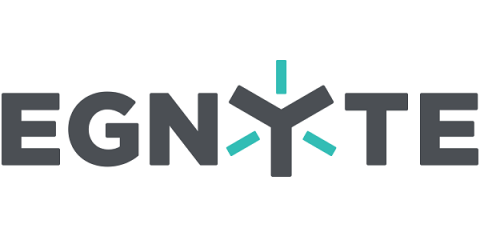S3 Security Is Flawed By Design
Amazon S3, one of the leading cloud storage solutions, is used by companies all over the world to power their IT operations. Over four years, UpGuard has detected thousands of S3-related data breaches caused by the incorrect configuration of S3 security settings. Jeff Barr, Chief Evangelist for Amazon Web Services recently announced public access settings for S3 buckets, a new feature designed to help AWS customers stop the epidemic of data breaches caused by incorrect S3 security settings.







